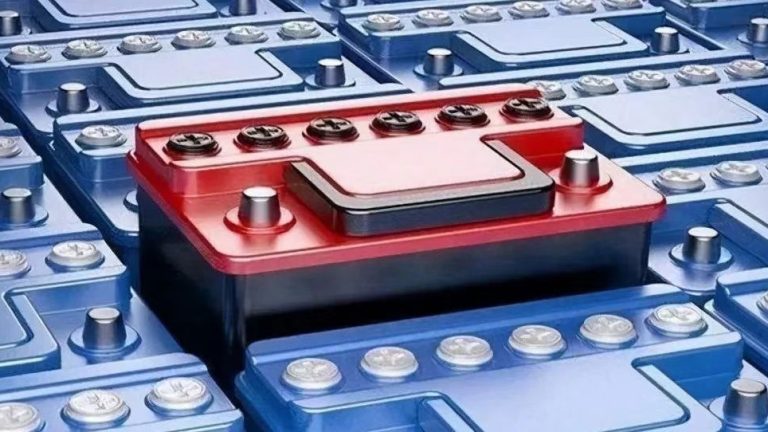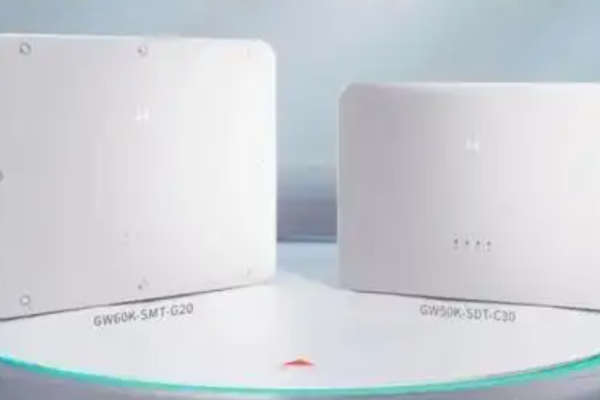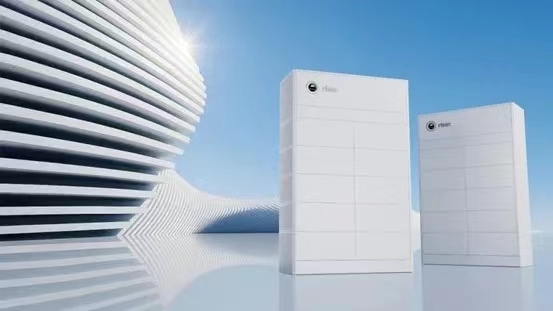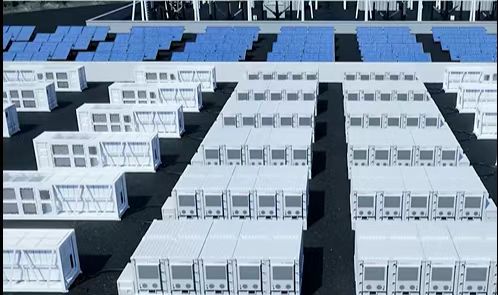Cycle life is one of the most critical parameters in selecting lithium-ion batteries for home and small commercial energy storage systems (ESS). It determines how long a battery can reliably deliver energy before its capacity degrades below usable levels.
However, interpretations of cycle life differ significantly between regions, particularly between China and Europe. These differences influence:
- Product design and warranty
- Installation practices
- Buyer expectations and purchasing decisions
- Export and trade negotiations
Understanding these regional variations is essential for manufacturers, exporters, and installers in the global ESS market.
1. What is Cycle Life?
Cycle life refers to the number of full charge-discharge cycles a battery can undergo while maintaining a specified percentage of its original capacity, typically 80%.
Key factors that influence cycle life include:
- Depth of Discharge (DoD): The percentage of battery capacity used in each cycle. Shallow discharges extend cycle life.
- Operating Temperature: High temperatures accelerate capacity fade.
- Charge/Discharge Rate (C-rate): Rapid charging or discharging can shorten battery life.
- Battery Chemistry: LiFePO₄ vs. NMC vs. LFP, each with distinct cycle characteristics.
Despite a seemingly universal definition, interpretation and marketing practices differ by region.
2. China’s Approach to Cycle Life
In China, where battery manufacturing and ESS adoption have rapidly expanded, cycle life is often stated under idealized laboratory conditions:
- Depth of Discharge (DoD): Frequently 80–90%
- Temperature: Maintained at 25°C ± 2°C
- Charge/Discharge Rate: Controlled, often low C-rates (0.2C–0.5C)
Implications:
- Chinese manufacturers may quote high cycle numbers (e.g., 6,000–8,000 cycles).
- These figures are optimistic and assume careful operation.
- For real-world applications, cycle life may be 20–30% lower due to variable loads, higher temperatures, and deeper discharges.
Installation & Export Considerations:
- Buyers need to understand the test conditions behind cycle life claims.
- Exporters targeting Europe or North America must provide clarified technical specifications to avoid misalignment with customer expectations.
3. Europe’s Approach to Cycle Life
In Europe, especially in Germany, France, and the Nordic countries, the approach emphasizes realistic, standardized, and conservative metrics:
- Depth of Discharge: Often 50–60% for rated cycle life
- Temperature Range: 15°C–35°C operational range
- C-rate: Typical residential use considered (0.5C–1C)
Implications:
- European specifications may quote lower cycle numbers (e.g., 3,000–5,000 cycles).
- However, these are more reflective of real-world performance.
- Warranty terms often explicitly define cycle life under realistic usage conditions.
Installation & Export Considerations:
- European buyers prioritize long-term reliability and warranty compliance.
- ESS integrators must account for actual operating patterns, not just manufacturer claims.
4. Key Differences Between China and Europe
| Aspect | China | Europe |
|---|---|---|
| Test Conditions | Ideal lab environment (25°C, controlled DoD) | Realistic operational conditions (varied temperature, 50–60% DoD) |
| Cycle Life Quoted | Higher numbers (6,000–8,000) | Lower, conservative numbers (3,000–5,000) |
| Depth of Discharge (DoD) | 80–90% | 50–60% |
| Temperature Consideration | Narrow controlled range | Wider, real-world range |
| Warranty & Marketing Focus | Emphasis on impressive cycle numbers | Emphasis on real-life reliability |
Takeaway: Chinese batteries often look better on paper, but European-style ratings better predict actual operational life. Exporters and installers must be aware of these differences to manage buyer expectations.
5. Practical Guidance for Installers and Exporters
- Clarify Test Conditions
- Always check the DoD, temperature, and C-rate used for cycle life claims.
- Communicate Real-World Performance
- For European customers, explain how lab-rated cycles translate to actual usage, including temperature variations and load profiles.
- Consider Battery Chemistry and Configuration
- LiFePO₄ batteries generally offer longer cycle life and better thermal stability.
- NMC or NCA chemistries may offer higher energy density but fewer cycles.
- Warranty Alignment
- European buyers often require explicit cycle-life warranties (e.g., 80% capacity after 10 years or 3,000 cycles).
- Chinese exporters may need to adjust documentation to meet these expectations.
- System Design
- Proper ESS sizing, DoD control, and temperature management extend real-world battery life.
- BMS (Battery Management System) settings are crucial for maintaining cycle life.
6. Why Understanding Regional Differences Matters
- Buyer Trust: Transparency in cycle life metrics builds confidence among international clients.
- Export Compliance: Misalignment can cause disputes, returns, or reputational issues.
- Installation Accuracy: Integrators must match system design to realistic battery performance.
- Marketing Strategy: Highlighting real-world cycle life and warranty reliability resonates better in European markets.
Cycle life is a critical parameter in selecting lithium-ion batteries for home and small commercial ESS, but interpretations differ between China and Europe.
- Chinese approach: High lab-rated cycles, ideal conditions.
- European approach: Conservative, real-world performance metrics.
For exporters, installers, and buyers, understanding these differences ensures:
- Accurate expectations of battery performance
- Proper system design and sizing
- Compliance with warranty and regulatory requirements
By bridging this knowledge gap, companies can better serve international ESS customers, foster trust, and reduce potential operational and commercial risks.









